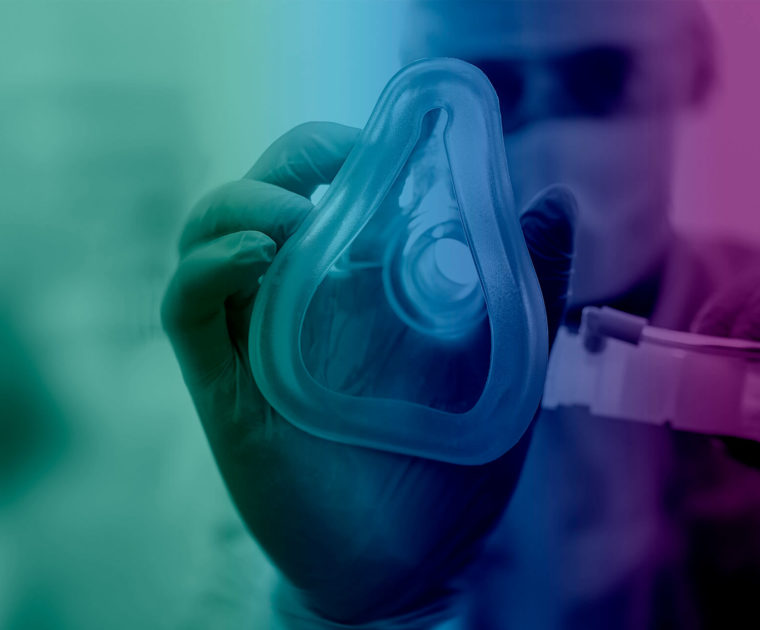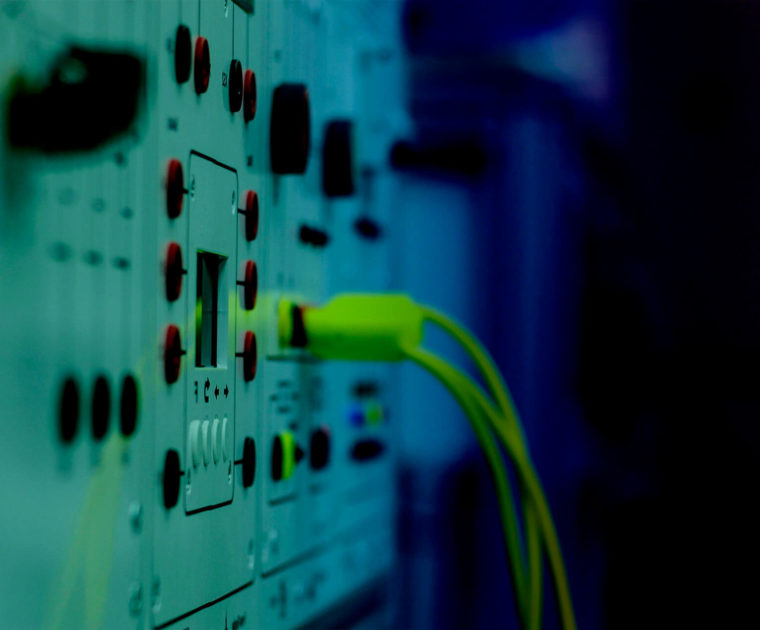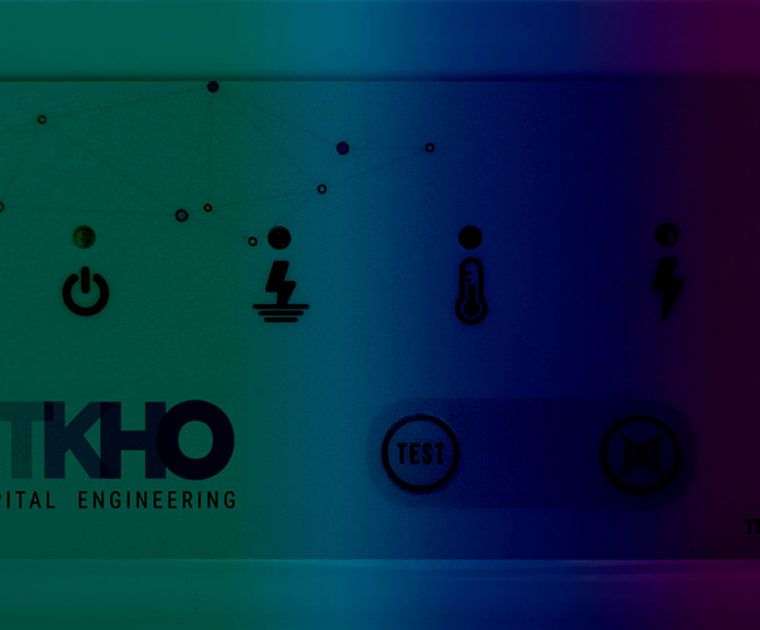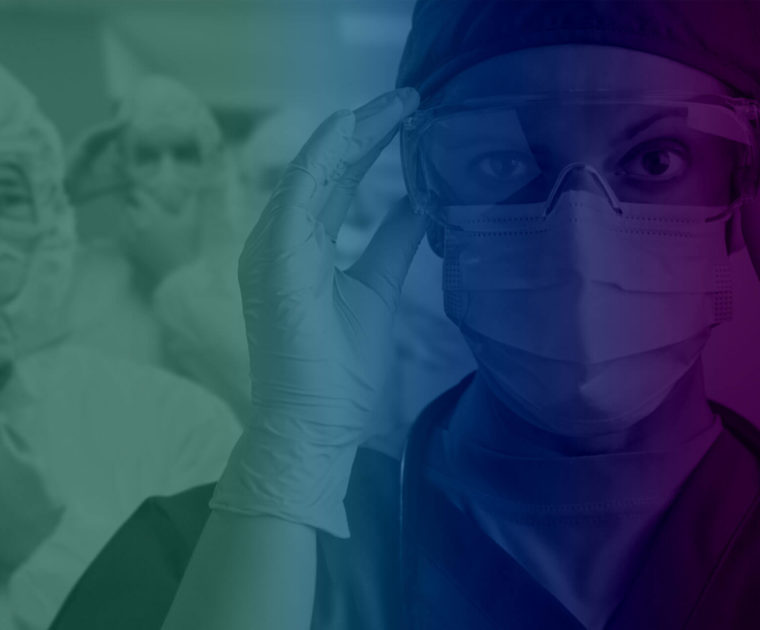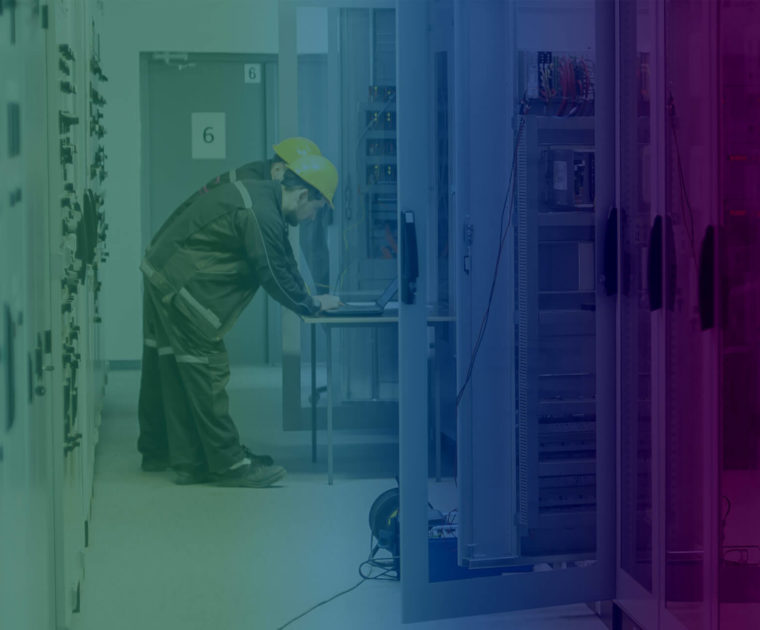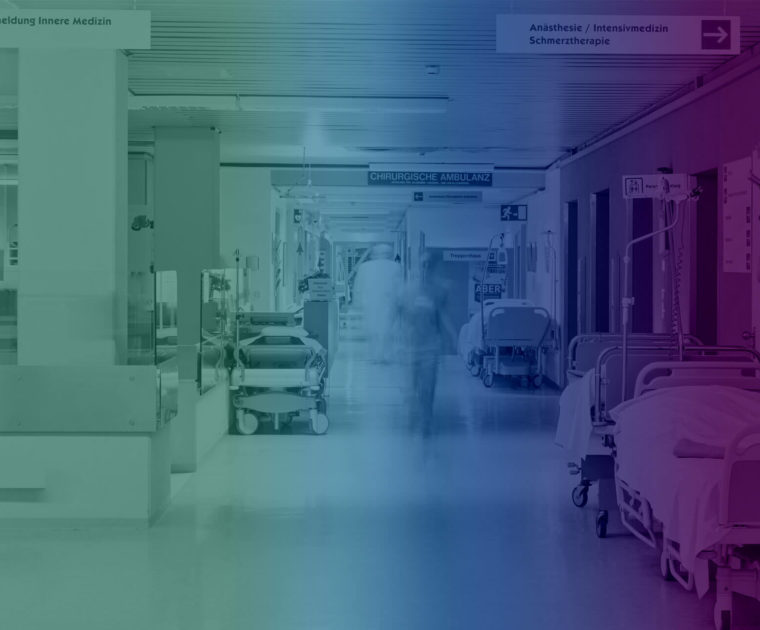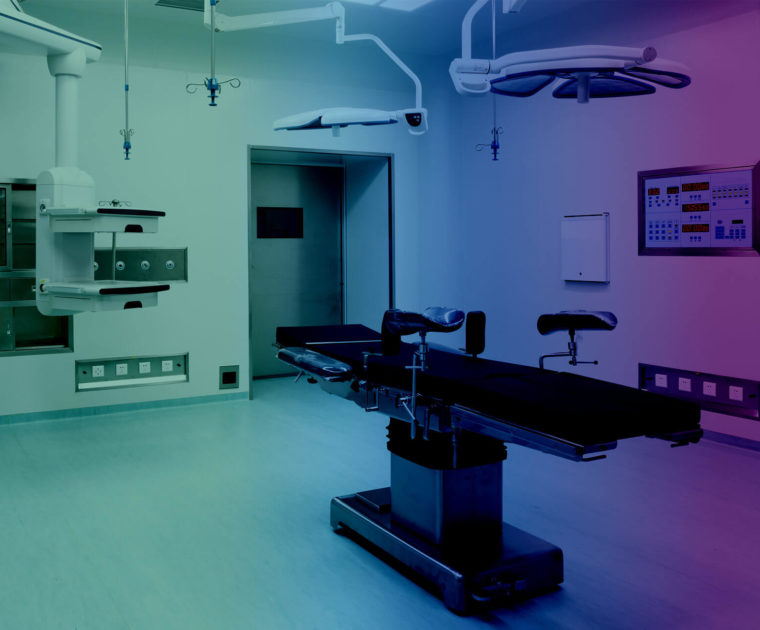The electrical safety of patients in healthcare centres is a matter of absolute priority, both to avoid problems with electrical current that could harm the health of patients and the operation of the healthcare centre and medical staff.
In this article we will look at some of the crucial elements in ensuring the electrical safety of the patient, such as the standards, the type of electrical system and its elements, and what to do to eliminate and deal with the dangers and risks that exist.
Hospital electrical safety can be defined as the group of preventive actions we take to minimise or eliminate the risk of accidents to patients, medical equipment and infrastructure, and healthcare personnel.


